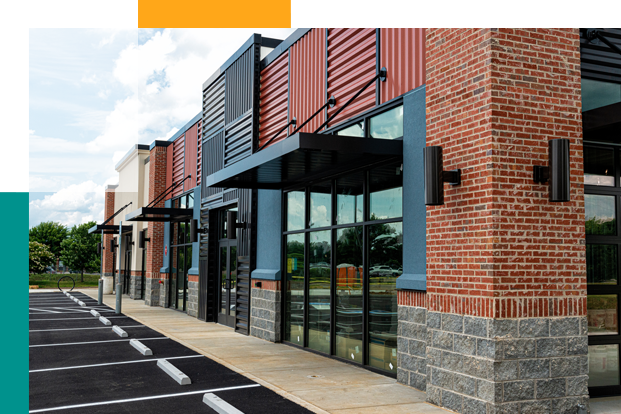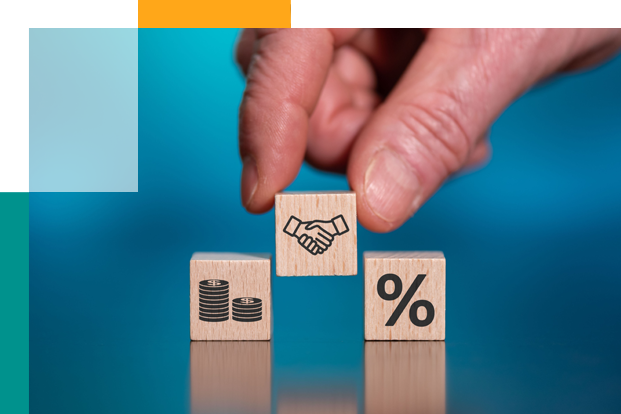How Retailers Can Utilize Omnichannel Opportunities

Retailers are increasingly conscious that new media, like the web, mobile devices, and social media, have provided consumers with various channels for product inquiry, purchase, and review.
“Omnichannel retailing” refers to a retailer’s efforts to offer a unified, coordinated consumer experience through all relevant customer channels while utilizing standardized, global data.
What is Omnichannel Retailing?
The practice of engaging customers through various digital and physical touchpoints is known as omnichannel retail. As clients travel through various channels, applications and data follow them. It results in a seamless, on-brand experience throughout.
Given this knowledge, major brands increasingly utilize an omnichannel store as part of their media strategy and other in-person interactions to increase their customer audiences’ reach, exposure, and effect.
By utilizing offline and online spaces to sell and deliver products, omnichannel retailers distinguish themselves from single-channel businesses. Others may emphasize their brick-and-mortar network, while some concentrate exclusively on using internet platforms to market their products.
Consumer engagement with businesses has been decentralized from physical shops to online touchpoints as a result of the COVID-19 pandemic. Due to this, many successful retailers are continuing with this strategy of using omnichannel retailing to carry out their business activities.
Benefits of Omnichannel Retailing for Customers
Customers want to buy goods whenever it’s convenient for them, on their terms, and however, it works best for them. Your company’s success depends on more than how well your customer service team performs; it also depends on how well you monitor and utilize your customers’ purchasing journeys.
Customers now engage with brands in a variety of ways. Therefore, personalization should be a part of any omnichannel service strategy. The advantages of omnichannel enable a multichannel sales approach to provide customers with a seamless, all-encompassing buying experience.
Saves Time
When it comes to service, time is of utmost importance. By using visual tools that aid in the precise diagnosis of the problem, omnichannel benefits from being able to give practical solutions at the first encounter.
Customers are delighted when they do not need to contact the brand for the same problem repeatedly. On the other hand, when they close the support ticket resolution in the first contact, it also increases team productivity.
Personalized Customer Experience
The effectiveness of your omnichannel strategy will depend on how well it has been integrated. Your channels should all unite to direct clients in a single direction. You may tailor your service to customers’ demands using centralization and data integration.
Greater Customer Satisfaction
Businesses with effective strategies have higher customer retention and satisfaction rates than those with ineffective strategies. Successful omnichannel strategies remove any barriers clients encounter when connecting with your business, simplifying their purchasing process.
The advantage of an omnichannel strategy is that it enables clients to contact a company through any channel, including Facebook, Viber, WhatsApp, the company website, etc. Customer satisfaction increases when businesses are accessible at all points along the customer journey and respond to their issues immediately.
Quicker Response Times to Queries
The advantage of an omnichannel strategy is that it prepares organizations to respond quickly to client queries. They first determine the channels their target audience uses the most as part of their strategy.
They use live chat, chatbots, and digital tools to provide service around-the-clock. The tools make it easier to find the source of the problem and provide quicker solutions, which boosts the important KPIs for customer service, such as Average Resolution Time (ART), First Contact Resolution (FCR), Response Time, etc.
How Retailers Can Use Technology to Create an Effective Omnichannel Strategy
Secure Payment Gateways
One of the most important elements in the digital world is security. Cybercriminals look for even the most minor in the digital infrastructure and ways to take advantage of their victims. As a result, ensure your payment gateways are secure and that your security measures are sufficient.
Artificial Intelligence
AI can be used to customize the user’s experience and bring it as near to the offline experience as possible. You can use technology to assess customer information and preferences, such as preferred brands, fashion trends, and pricing points. With the help of these customer-focused data, you can develop buyer personas and give them a tailored purchasing experience.
Marketing Tools
Utilizing platforms like MailChimp, you may automate your marketing efforts to follow a user’s path and execute action-driven decisions to convert them as soon as possible. You may increase your customer conversion rate by implementing exit pop-ups, automated email drips, and push notifications, among other strategies.
Examples of Successful Omnichannel Retailers
Are you thinking about switching to omnichannel retail or looking to improve your current strategy? Discover the industry’s finest marketing practices from these well-known brands to find the motivation you require.
Starbucks
Starbucks is usually praised as an expert in omnichannel marketing because they understand it and are executing it properly. The smooth user experience that Starbucks offers is outstanding. Each time a customer uses a Starbucks card to make a purchase, whether they use a physical card or a mobile device, they accrue reward points.
Thanks to the recent Spotify integration, customers can view the songs playing in that particular store and add them to their playlists. The app’s remarkable ease of use exemplifies a flawless implementation of the omnichannel experience.
Amazon
Amazon, one of the biggest names in online retail, hasn’t risen to the top without merit. Each meeting at Amazon has at least one empty chair for the same reason. They are reminded of their objective to “be the earth’s most customer-centric corporation” by the chair, which stands for the customer.
The vast amount of data Amazon has gathered over its 20-year existence underpins its customer-centric strategy. Amazon allows its consumers to browse and make purchases how they want, where they want, and whenever they want by integrating this data across several channels.
Disney
By creating emotional connections for customers, Disney has mastered multichannel. Since the company was founded on creativity and imagination, it is not surprising that it set the standard for omnichannel marketing. Every aspect of their website is mobile-responsive and device-optimized.
Disney’s Magic Band program debuted this year. It’s a superbly executed omnichannel tool in Disney’s inventory. Visitors to Disney World and DisneyLand can access the parks, unlock their hotel rooms, check in to FastPass lanes, connect to their Disney PhotoPass account, and pay all park purchases to their Magic Band.
This is tied to the My Disney Experience account, which can be accessed via the smartphone app.
Sephora
Sephora’s Beauty Insider Rewards program has been praised as a way to foster closer ties between customers and the brand. Beauty Insider has become a key component of the brand’s omnichannel strategy and established the benchmark for consumer loyalty programs.
Sephora Beauty Insiders can access a ton of information by tapping into the Beauty Bag on their phone or computer. Customers can browse, view the list of their favorite things, look up previous purchases and rewards points, scan products in-store to discover what alternatives are available online, watch instructional videos, and find stores nearby.
Walgreens
According to Forbes, one of the most well-liked mobile retail apps in the US is Walgreens’. The pharmaceutical retail giant’s omnichannel strategy, which it employed, is responsible for its success. Users may manage their pharmacy prescriptions using the app, request quick refills, find great bargains on goods in stores, and place orders they can pick up at the closest location.
Challenges Retailers Face When Implementing an Omnichannel Strategy
When running a business, keeping up with quick changes is always complex. It explains why omnichannel is such a challenge for so many retailers. You may avoid wasting money and time when switching to omnichannel retailing by being aware of the issues that come with it. Some challenges include.
- Not all channels have integrated inventory and order management.
- Across all channels, retailers do not have a unified view of the customer.
- To alter and adapt store systems to an omnichannel strategy would be too challenging.
- The IT system of retailers was not created to integrate customer insight across all channels.
- Incentives and metrics that are not aligned slow acceptance
Tips for Optimizing Your Omnichannel Retail Operation
Identify your Essential Performance Indicators
You must be aware of your metrics before optimizing your retail operations. Key performance indicators (KPIs) assist you in creating baseline data for your company that provides a precise foundation from which to grow and improve.
Automate Processes
There is always a task to complete when running a business. There will also be less work for you to complete directly because certain chores can be automated so they can take care of themselves.
Out-of-stock products won’t ever let customers down since inventory management software may be set up to automatically fill orders when the stock reaches a specific level rather than having to place orders by hand. Although not every task can or should be automated, recognizing which ones could be is a major step in streamlining your retail operations.
Use a Retail Management System
You must put a retail management system in place to ensure your company runs as efficiently as possible. Retail management systems give retailers the resources to organize operations, make data-driven choices, and assist with anything from sales tracking to personnel and client management.
Finance Lobby is the top marketplace for financing. We link thousands of lenders and commercial mortgage brokers to close good deals faster.


